How To Grow Plumeria
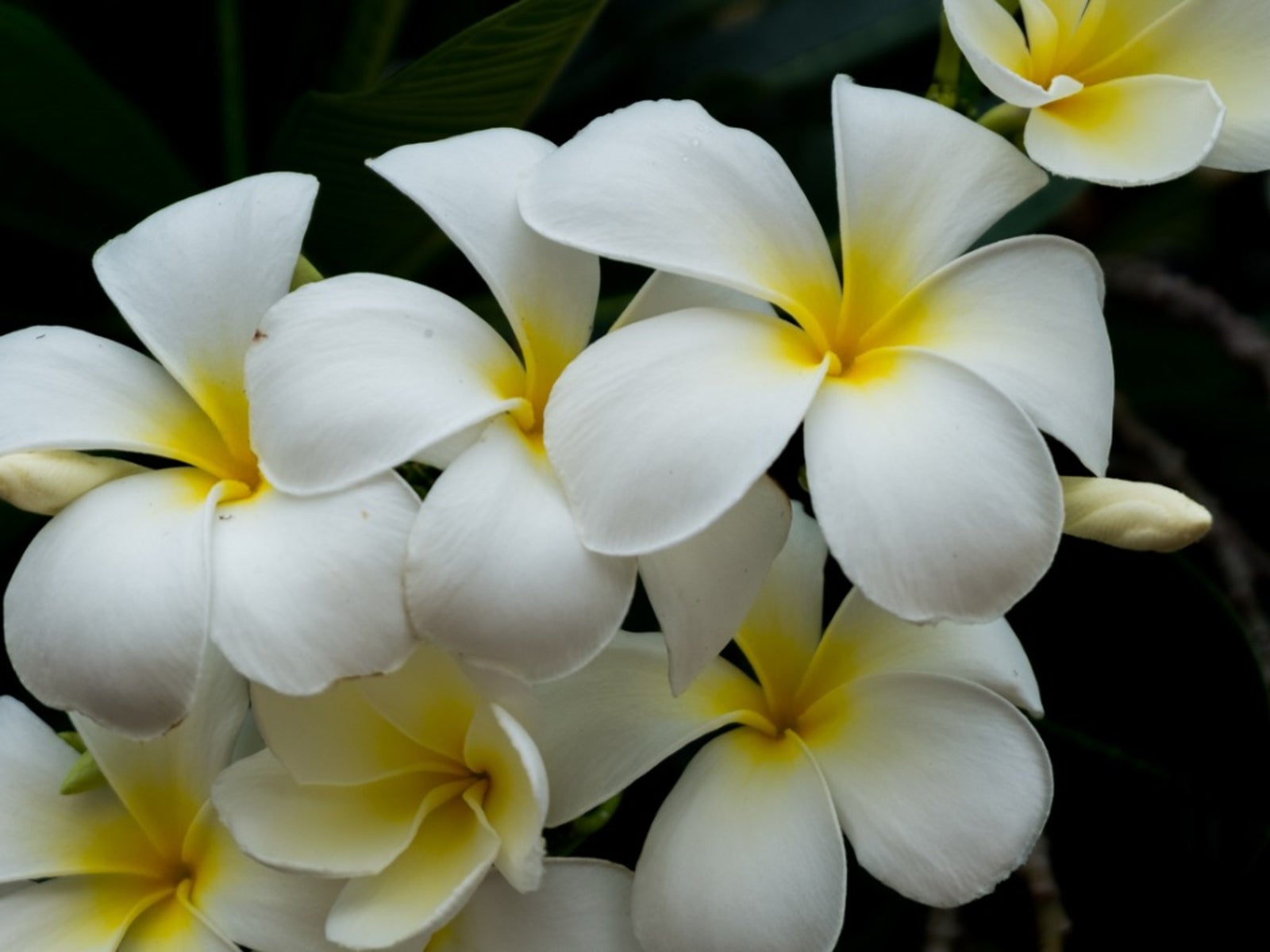

Mary Ellen Ellis
Quick Plumeria Facts:
- Botanical name - Plumeria spp.
- Height - 15 to 25 feet (4.6 to 7.6 m)
- Spread - 15 to 25 feet (4.6 to 7.6 m)
- Sun exposure - Full sun
- Soil requirements - Well-drained, slightly acidic
- Hardiness zones - 10 to 12
- When to plant - Late spring, early summer, early fall
Plumerias, also known as lei flowers or frangipani, are small, fragrant, flowering trees native to Mexico, the Caribbean, and parts of South America. There are several species of plumeria grown as ornamental trees, all members of the dogbane family. In a tropical garden, they are a great addition with pretty flowers and fragrance.
About Plumeria
Plumeria grows in tropical climates. While the plants are fairly tolerant of both salt and windy conditions, they’re not tolerant of cold. In the proper growing conditions they bloom freely from spring throughout the fall and are often grown in the garden as an ornamental shrub or small tree.
Some of the species in cultivation are Plumeria rubra, Plumeria obtuse, and Plumeria alba. Plumeria has a rounded canopy and grows about as wide as it does tall. The leaves are long ovals, glossy green, and grow in clusters at the tips of branches. This beautiful plant does best in USDA hardiness zones 10-12, and doesn’t tolerate cold temperatures.
The plumeria flower is tubular with five pinwheeled petals. Its colors can be white, red, pink, yellow, or multicolored. The flowers are crafted into leis in Hawaii. They emit a strong, pleasant fragrance, and at night they attract moths as pollinators.
Although not native to the U.S., plumeria is not considered invasive. It is used as an ornamental tree in yards, gardens, and other planned landscapes. It can also be grown in a large container and overwintered in colder areas. It will not tolerate any winter frost.
Plumeria Water & Light Requirements
A plumeria tree does best in 6 hours of full sun. It has medium moisture requirements, meaning its soil should drain well and never get soggy, but should not be allowed to completely dry out either. It is best to water deeply and less frequently, reducing watering frequency in cooler temperatures. Resume regular watering as new growth appears in spring.
Plumeria Soil & Fertilizer
The most important property of the soil for plumeria is that it drains well. Loamy soil that is slightly acidic is best. When growing plumeria plants in pots, use a coarse, well-draining potting mix, using a cactus mix or perlite and sand. Fertilize plumeria a few times during the growing season. A product with more phosphorous, such as 10-30-10, will promote more flower growth. Giving them too much nitrogen will only result in more foliage growth and less flowering
Gardening tips, videos, info and more delivered right to your inbox!
Sign up for the Gardening Know How newsletter today and receive a free copy of our e-book "How to Grow Delicious Tomatoes".
Problems, Pests & Diseases of Plumeria
Two potential issues of plumeria are easily avoided. It damages easily in the cold, so don’t grow this tree if you get freezing temperatures in winter. Alternatively, you can grow it in a container and move indoors as needed. Root rot can be avoided by providing soil with drainage and by not overwatering.
Plumeria rust is a fungal disease that can cause problems. Look for orange spots on the undersides of leaves. It is not often bad enough to harm the tree. Simply collect affected leaves and dispose of them.
Some of the pests that might attack plumeria include mealybugs, scale, and whiteflies. These can lead to sooty mold on the leaves because of the honeydew they produce. Control the insects to prevent mold.
Pruning Plumeria
Late winter and early spring before new leaves emerge is the best time for pruning a plumeria. Trim off any diseased or broken stems. Otherwise, prune plumeria to maintain a desired shape or size as needed, up to 12 inches (31 cm) from the ground in late winter or early spring (prior to new growth). Any drastic or hard pruning may reduce flowering.
Indoor Plumeria Care
Knowing how to grow plumeria indoors allows those of us not living in the tropics to enjoy this beautiful tree. Use a large container to grow plumeria indoors. When there is no risk of frost, you can enjoy the container outside. It makes a pretty, fragrant addition to a patio or deck.
To overwinter containerized plumeria indoors, let it go dormant. The leaves will turn yellow and drop off. You can then store the plant in a spot inside, with or without light. Water only infrequently through the winter. Don’t let the soil get bone dry, but do water much less than you would outdoors in summer.
You can propagate plumeria plants by cuttings or seeds in spring, with cuttings being the easiest and most preferred method. Insert cuttings about 2 inches (5 cm) in potting mix and water thoroughly.
Plumeria Varieties
- Plumeria rubra is a species of plumeria that has pinkish, red-tinged flowers and is common in landscaping. You can find cultivars with different colors, including orange, ink, yellow, white, and multicolored. Aztec Gold is yellow to peach in color. Vera Cruz Rose has flowers that are white and pink with yellow centers. Candy Stripe provides a range of colors in each bloom: fuchsia, yellow, white, and orange.
- Plumeria alba is another species typically used in landscaping. It is evergreen and its flowers are white with yellow centers.
- Plumeria obtusa is slightly smaller than the others. The flowers are white or pink with very rounded petals.
Plumeria care is fairly straightforward as long as you can provide it with the right conditions. Temperature and drainage in the soil are among the most important conditions to help this pretty tree thrive.

Nikki Tilley has been gardening for nearly three decades. The former Senior Editor and Archivist of Gardening Know How, Nikki has also authored six gardening books.
- Mary Ellen EllisWriter
-
 Looking For Plants To Give You The Soft And Fuzzies? Try These 5 Fuzzy Leaf Plant Options
Looking For Plants To Give You The Soft And Fuzzies? Try These 5 Fuzzy Leaf Plant OptionsLovers of texture, drama, silver foliage and tactile plants will adore these special sensory garden additions. These fuzzy leaf plant options will leave you all aglow
By Susan Albert
-
 Get Ready For A Summer Of Hummers! Grow These Full Sun Hummingbird Plants and Flowers
Get Ready For A Summer Of Hummers! Grow These Full Sun Hummingbird Plants and FlowersIf you’re lucky enough to enjoy a sunny backyard, make sure you are maxing out on your pollinator opportunities and grow these full sun hummingbird plants and flowers
By Tonya Barnett
-
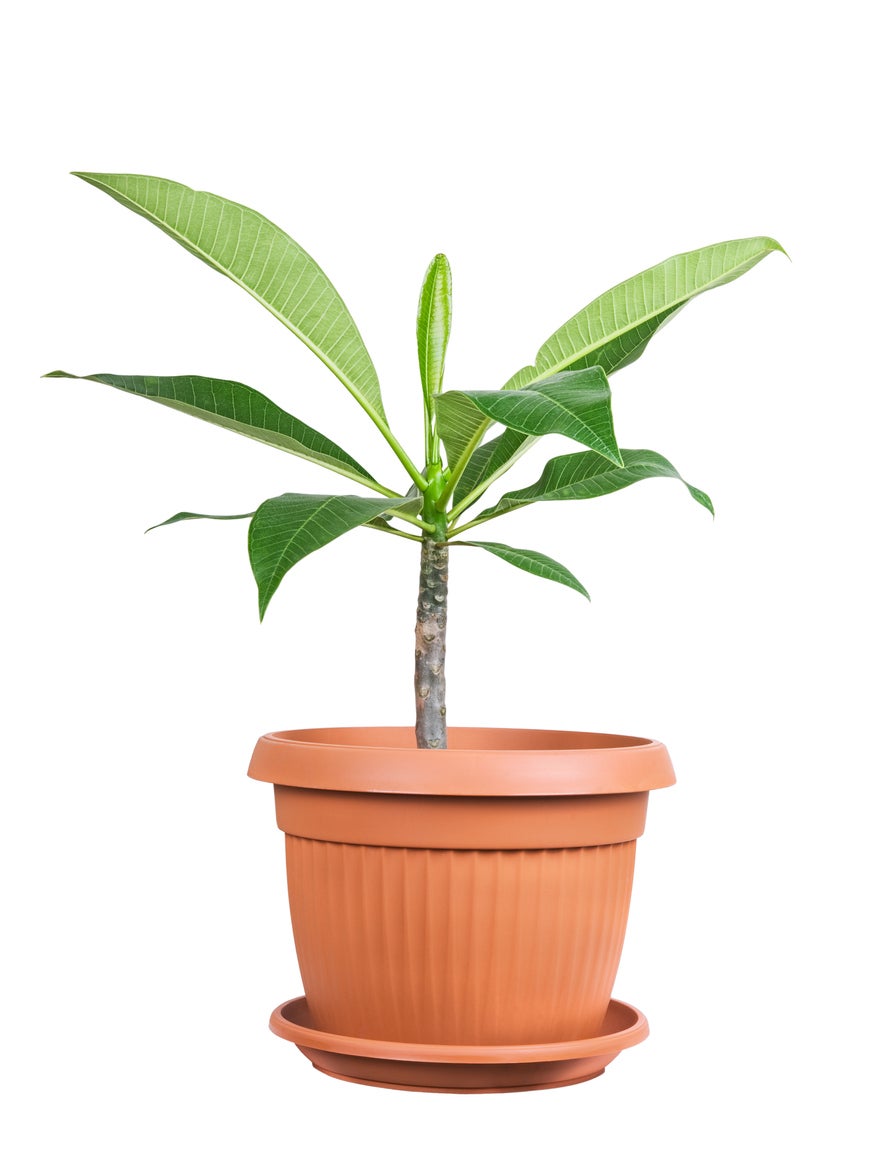 Plumeria Repotting Guide – Tips On When To Repot Plumerias
Plumeria Repotting Guide – Tips On When To Repot PlumeriasGrowing plumeria in a container requires repotting a plumeria yearly, in most cases. This encourages optimum growth and beauty. Plumeria repotting is not complicated, requiring a gentle touch and clean pruners. Take a look at the specifics in this article.
By Becca Badgett
-
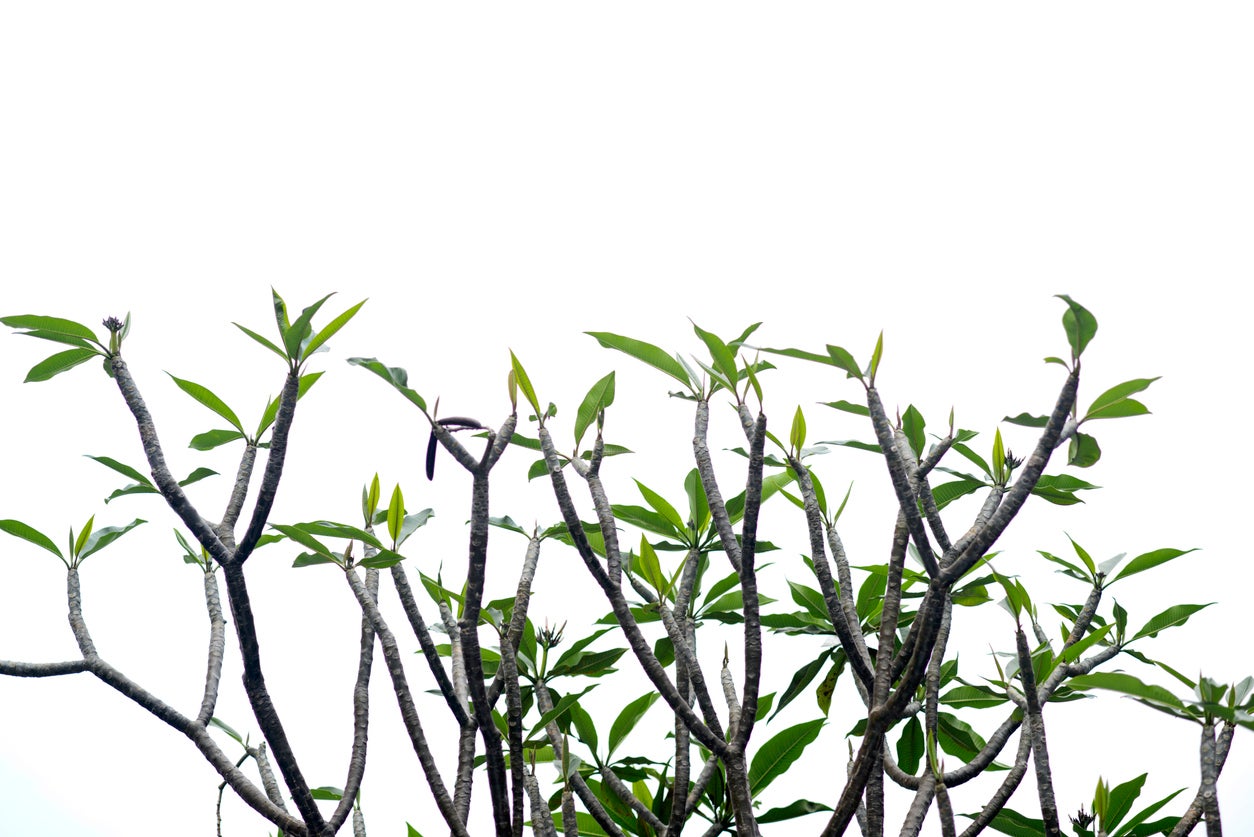 Making A Plumeria Branch: How To Encourage Plumeria Branching
Making A Plumeria Branch: How To Encourage Plumeria BranchingAlthough plumerias are surprisingly easy to grow, they can become lopsided or spindly. If your goal is to encourage plumeria branching, thus creating a fuller, balanced plant with more blooms, pruning is the way to go. Learn how to get plumeria to branch in this article.
By Mary H. Dyer
-
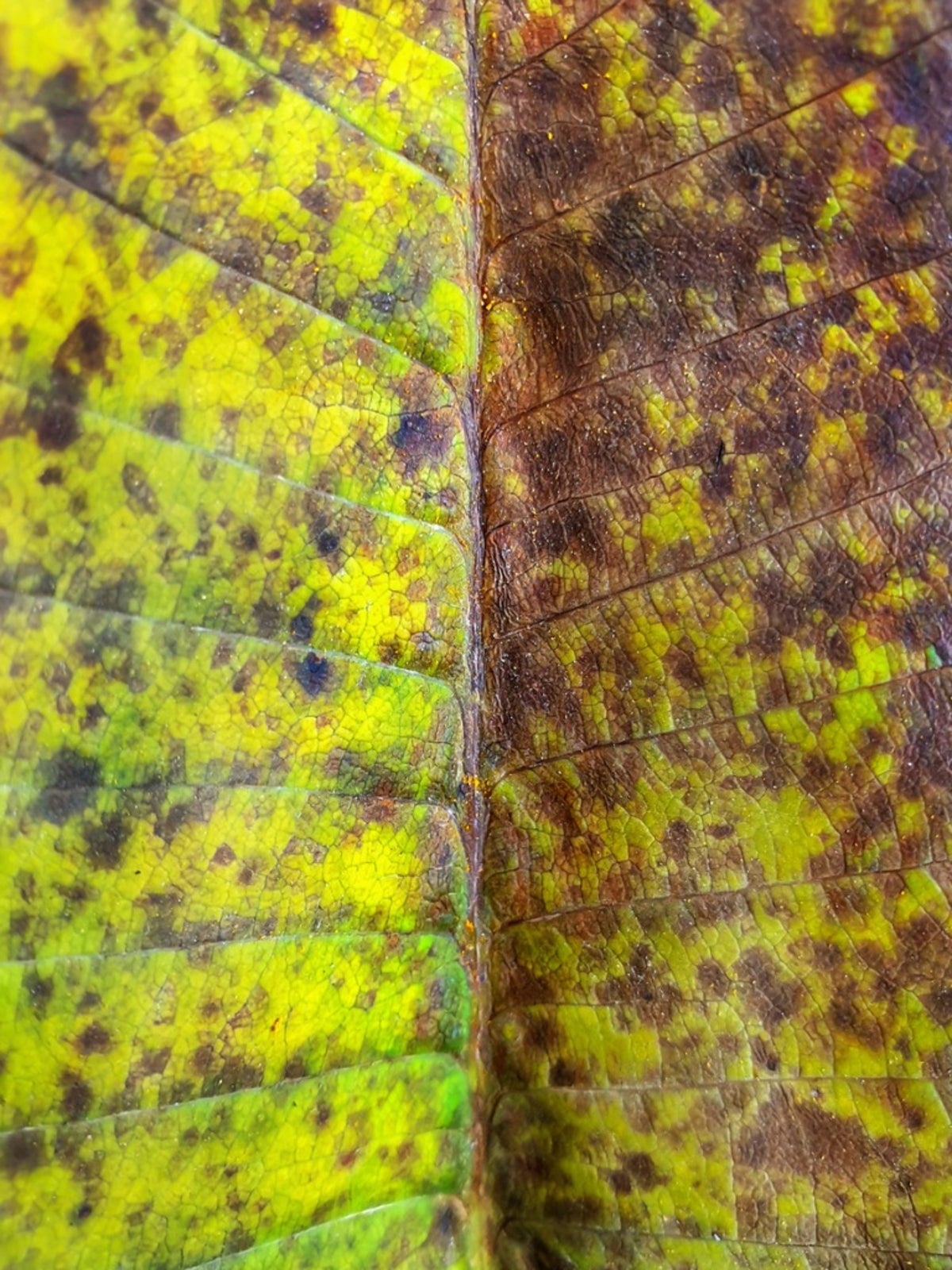 Plumeria Rust Fungus: How To Treat Plumeria Plants With Rust Fungus
Plumeria Rust Fungus: How To Treat Plumeria Plants With Rust FungusAlthough fungal diseases can happen anywhere, warm, humid tropical regions are especially favorable for fungal growth. Plumeria rust fungus is a disease that is specific to plumeria. Learn more about rust on plumeria plants in this article.
By Darcy Larum
-
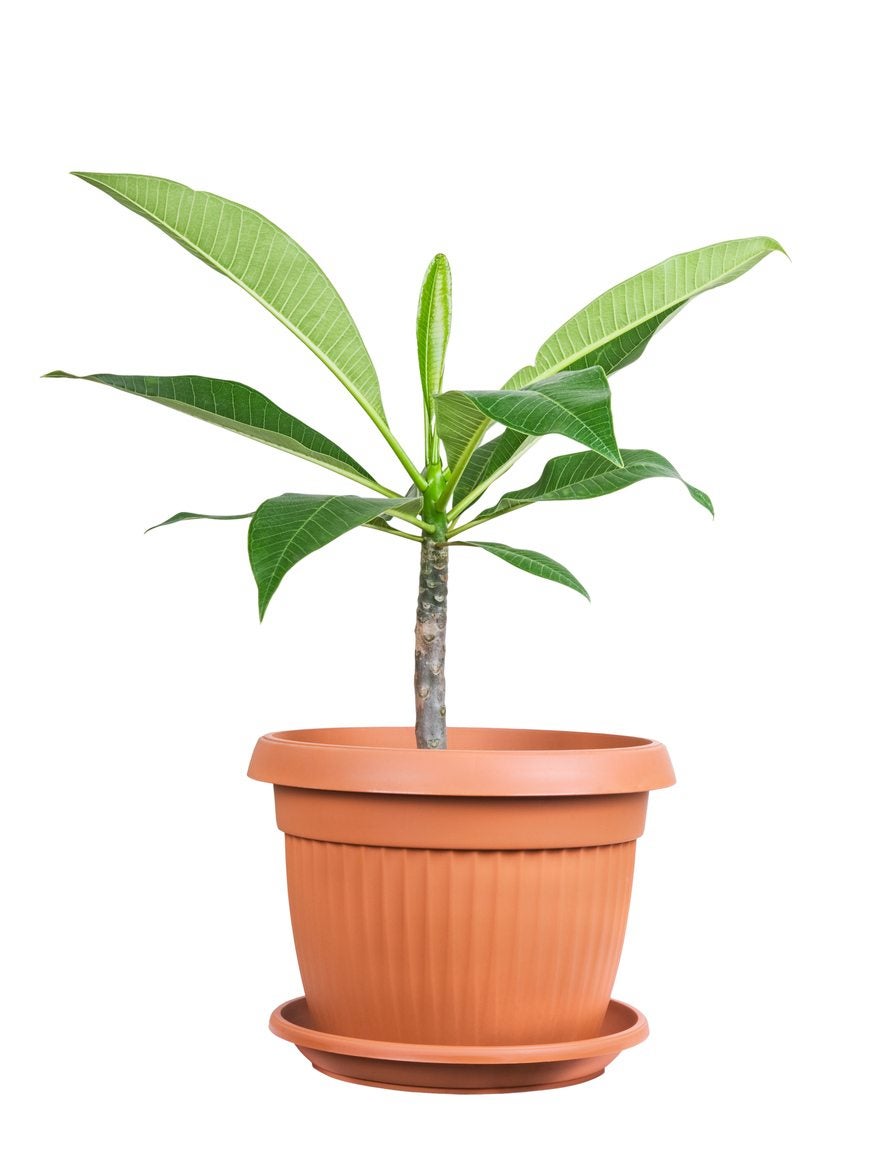 Indoor Plumeria Care – How To Grow Plumeria Plants Indoors
Indoor Plumeria Care – How To Grow Plumeria Plants IndoorsYou want to grow plumeria at home but feel geographically disadvantaged because you don?t live in the right planting zone (zone 9-11). But can you grow plumeria inside? What is required for indoor plumeria care? Click this article on to learn more.
By Shelley Pierce
-
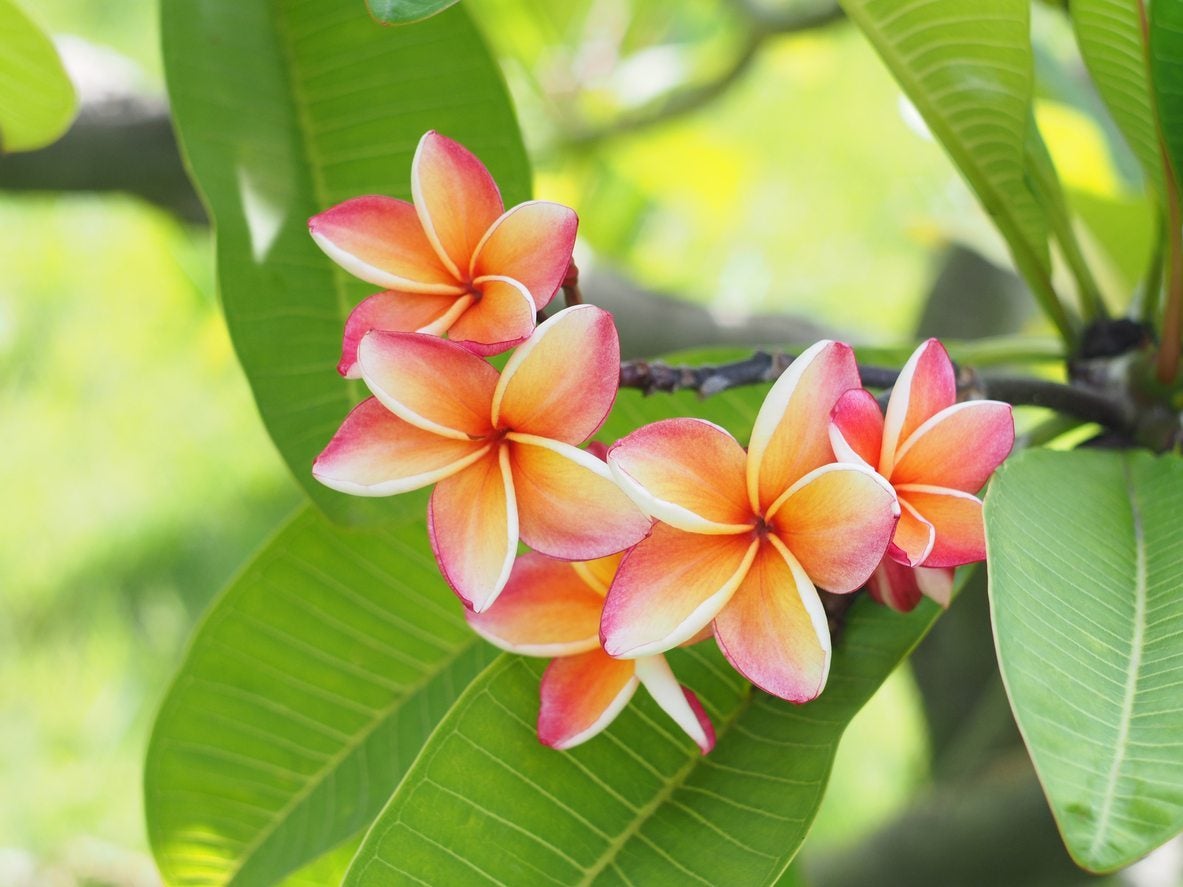 Moving Plumeria Plants : How And When To Move A Plumeria
Moving Plumeria Plants : How And When To Move A PlumeriaPlumeria can develop into large bushes with extensive root systems. Transplanting mature plants may be difficult, but transplanting a plumeria cutting is easy. Knowing when to move a plumeria is also an important aspect. This article will help with that.
By Bonnie L. Grant
-
 Plumeria Pest Problems – Learn About Pest Control For Plumerias
Plumeria Pest Problems – Learn About Pest Control For PlumeriasPlumerias are colorful and rewarding garden or patio plants. As with any plant, especially when it is stressed, you may have plumeria pest problems. On a positive note, common plumeria pests can be controlled with simple or organic treatments. Learn more here.
By Gardening Know How
-
 Plumeria Cutting Propagation – How To Grow Plumeria Cuttings
Plumeria Cutting Propagation – How To Grow Plumeria CuttingsPlumeria is a tropical and subtropical flowering plant that's very popular for its fragrance and for its use in making leis. Plumeria can be grown from seed, but it can also be propagated extremely well from cuttings. This article can help with that.
By Liz Baessler
-
 Plumeria Bud Drop: Why Are Plumeria Flowers Dropping
Plumeria Bud Drop: Why Are Plumeria Flowers DroppingIt can be upsetting to see plumeria flowers falling off or buds dropping before they open. This article provides information about plumeria flower drop and other problems with plumeria. Click here to find out why flower drop occurs and how to fix them.
By Teo Spengler